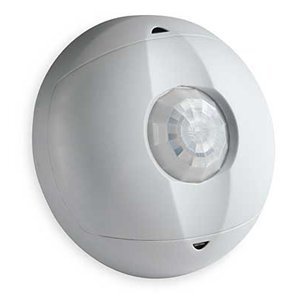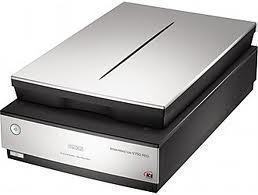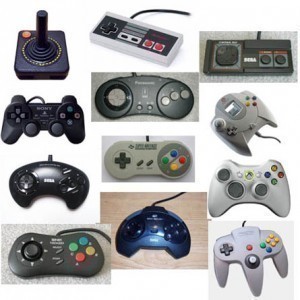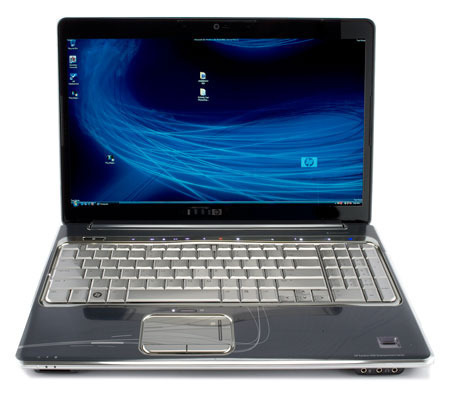An occupancy sensor is a device that is capable of detecting and/or recording the amount of people in a room or area. Occupancy sensors are most often used to determine how many people are in an area that may restrict the total occupancy or in a system that turns lights/other accessories off when no one is using them. Occupancy sensors are relatively simple and are usually just motion detectors that are used in conjunction with a timing device to record how long people have been away from an area.
How Occupancy Sensors Work
As occupancy sensors depend on motion detection to determine how many persons are in an area, they must use one of the three motion detection technologies that are currently available. These technologies include infrared, ultrasonic, and microwave motion detection. In infrared motion detection, a Passive Infrared sensor (or PIR sensor) receives incoming infrared light that is emitted from all objects in the form of heat. PIR sensors rely on pyroelectric materials to convert heat into electricity and are passive because they receive infrared light but do not emit it. Ultrasonic motion detection involves using an ultrasonic transducer (a device that is capable of vibrating extremely fast when an electric current is passed through it) to produce ultrasonic sound waves that are targeted at an object(s) and recorded as they bounce off of the object and return to the sensor. Microwave motion detectors work in the same way that ultrasonic motion sensors do, but use nonlethal microwaves instead of ultrasonic sound waves. Both ultrasonic and microwave motion detectors are active because they are capable of both emitting and receiving signals.
ultrasonic transducer (a device that is capable of vibrating extremely fast when an electric current is passed through it) to produce ultrasonic sound waves that are targeted at an object(s) and recorded as they bounce off of the object and return to the sensor. Microwave motion detectors work in the same way that ultrasonic motion sensors do, but use nonlethal microwaves instead of ultrasonic sound waves. Both ultrasonic and microwave motion detectors are active because they are capable of both emitting and receiving signals.
Applications
Occupancy sensors are often used in small areas such as elevators in order to determine how many people there are and their total weight. Occupancy sensors are also used in some public restrooms and other public areas in order to turn lights off when nobody is in the room. Likewise, occupancy sensors are used in street lights to keep streets lit when people are walking or driving on them and to turn street lights off when the streets are empty. Occupancy sensors for lighting systems have become much more popular in recent years and are now commonly used in office buildings to dim or turn lights off if the office is vacant for a certain amount of time (usually fifteen minutes).




Follow Us!